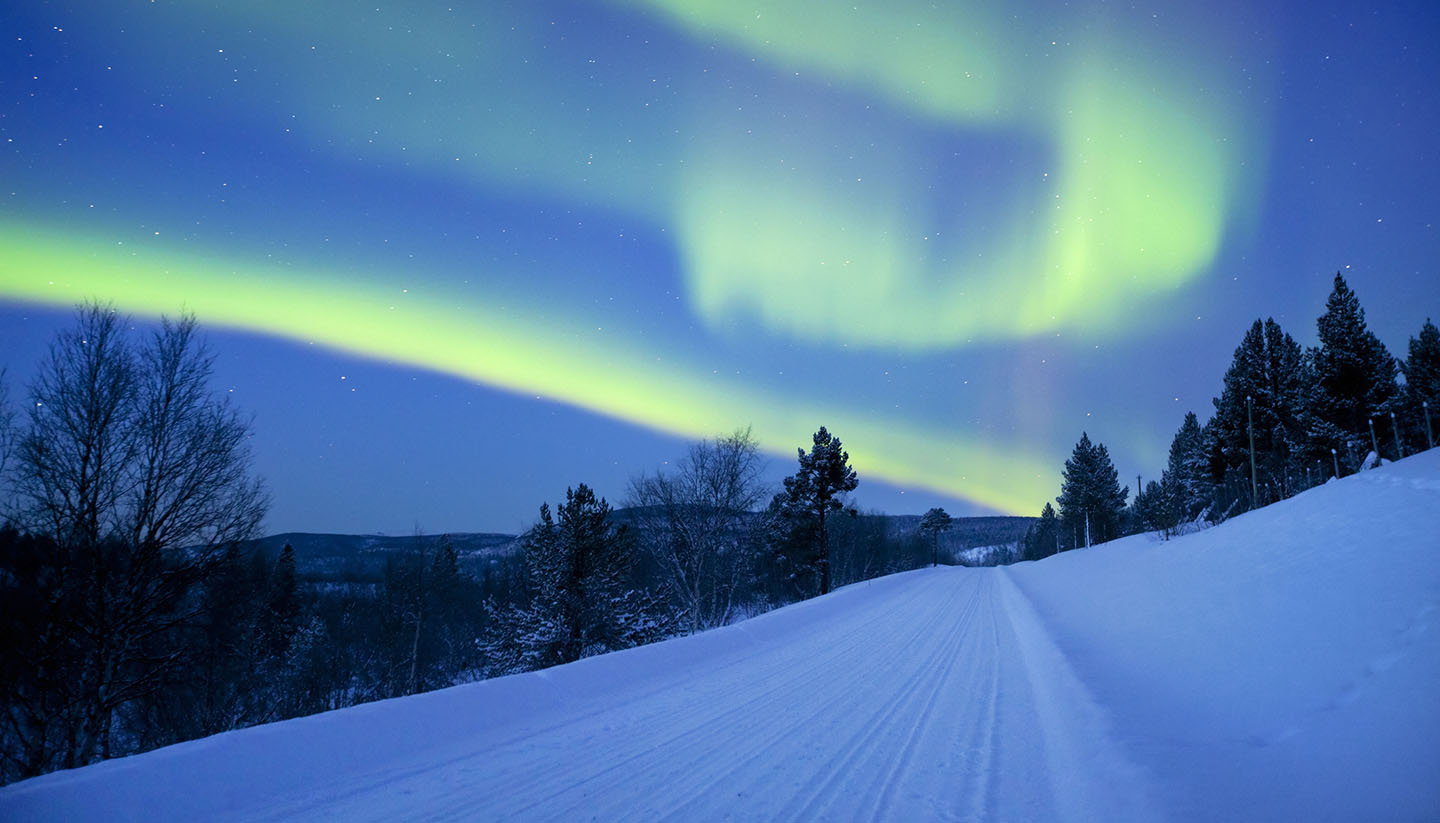Finland Weather, climate and geography
Weather and climate
Best time to visit
The climate of Finland varies greatly depending on the latitude; the relatively temperate climate of the south coast is quite different from the challenging winters in Lapland. Summer is Jun-Aug, winter is Nov-Mar, but snow in Lapland can start around October and linger until May.
July temperatures average 21°C (70°F) in the capital Helsinki and 20°C (68°F) in Rovaniemi. 86. In the far south there is no midnight sun, but around 19 hours of daylight in the summer. In Lapland you can expect midnight sun for up to 2 months.
January temperatures average -7°C (20°F) in Helsinki and -15°C (5°F) in Rovaniemi. Keep in mind that the record low temperatures range from -35°C to -45°C (-31°F to -40°F) regardless of region, and recent years have seen particularly cold winters. Around midwinter the sun will not rise in Lapland, perfect for spotting the northern lights. Further south there will be about 6 hours of daylight during the winter months.
Rainfall is distributed fairly evenly throughout the year in the south, with an average of around 18 days of rainfall in Helsinki per month. The north may be drier, but also particularly plagued by gnats and mosquitoes.
Required clothing
In summer, travellers can get away with lightweight clothing in the daytime, but long sleeves and long trousers or skirts may be more comfortable for the evening. Waterproof clothes are useful throughout the year. If you are hiking through forests, wear waterproof boots, long sleeves and trousers to protect against mosquitoes and ticks. In Lapland you will need insect repellent.
In winter, bring appropriate clothing for snowy conditions, including wool under-layers and socks (not cotton) as well as snow boots with a good grip. In the Arctic North, you may need expedition-quality winter clothing. Towns and resorts generally offer these for hire and hotel staff can give recommendations on what you will need.
Geography
With Sweden to the west, and Russia to the east, the history and politics of Finland have been shaped by its location. The national character of the Finns has been further coloured by the water-logged landscape - the country is hemmed in by the Gulf of Bothnia and the Gulf of Finland and 10% of its landmass lies underwater.
Finland has over 179,000 islands, including the 98,050 islands in its 188,000 inland lakes. The Saimaa Lake system in the southeast of the country is the fourth largest lake in Europe.
By European standards, Finland is very sparsely populated, and around 73% of the country is forested. In the south and southwest, the forest is mainly pine, fir and birch; in Lapland, in the far north, scattered dwarf birch forests give way to Arctic tundra.
Most of the national forests are managed for timber, which is used for the manufacture of furniture, paper and fibreboards and for domestic heating and warming Finland's two million saunas. Finland's forests are said to be the most sustainably managed in Europe.



